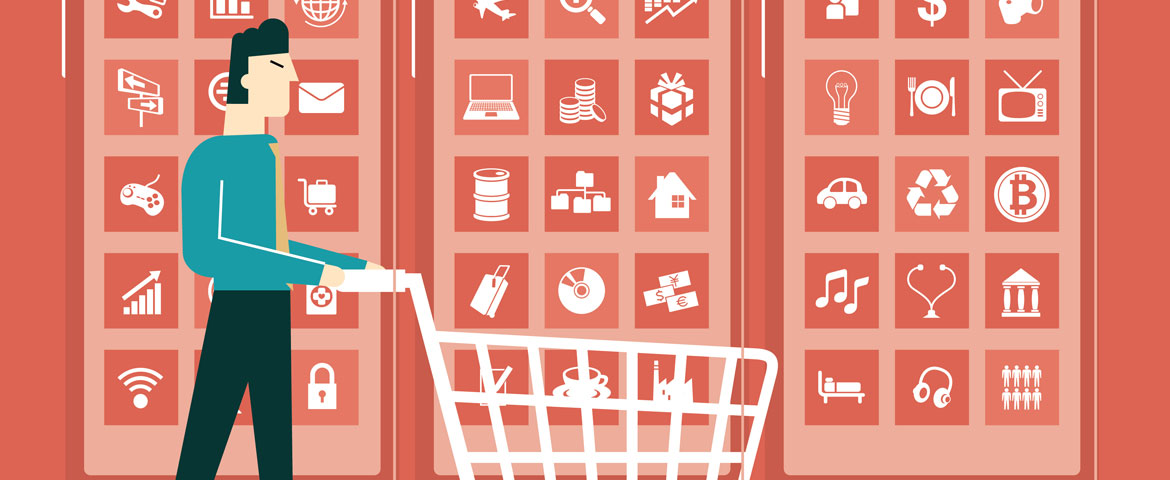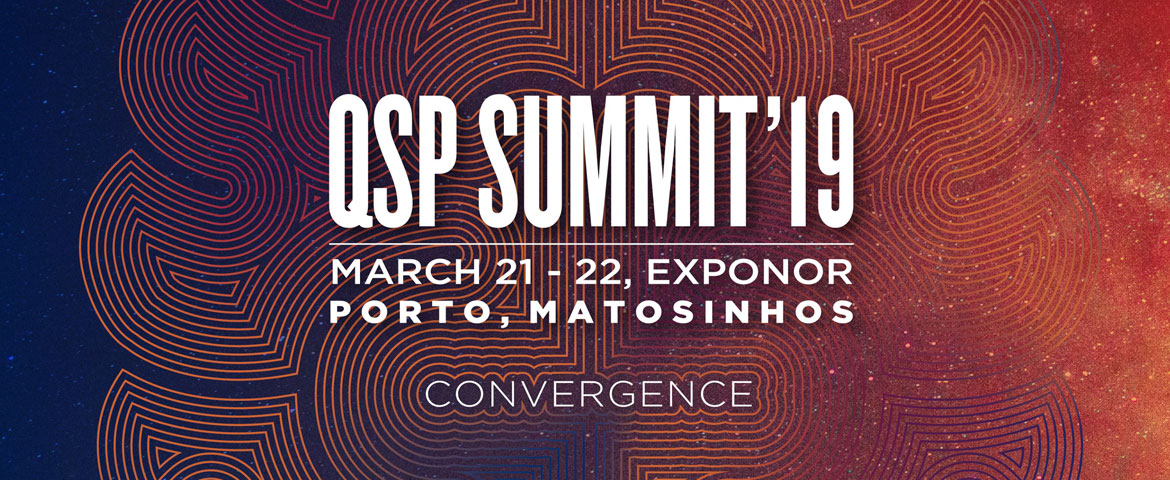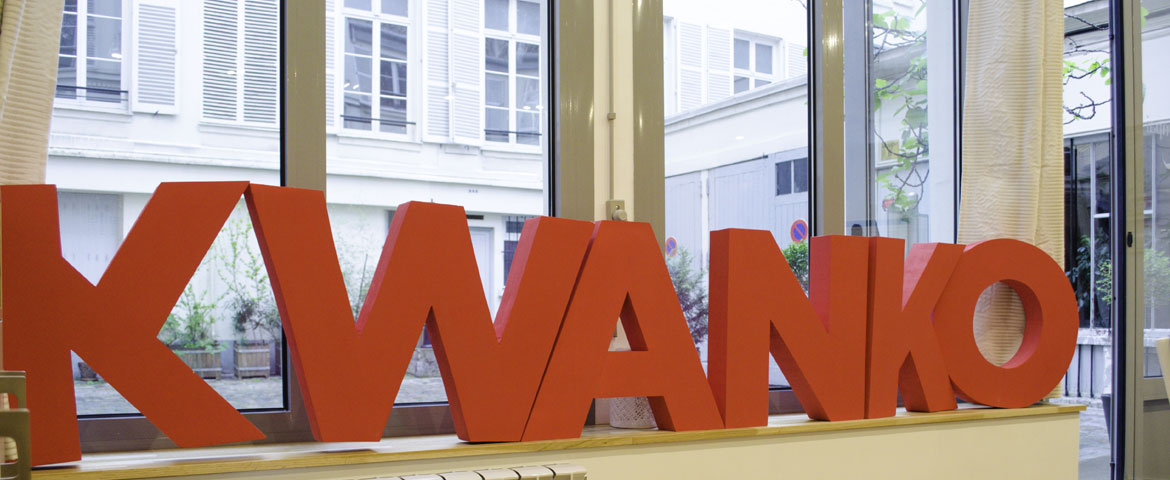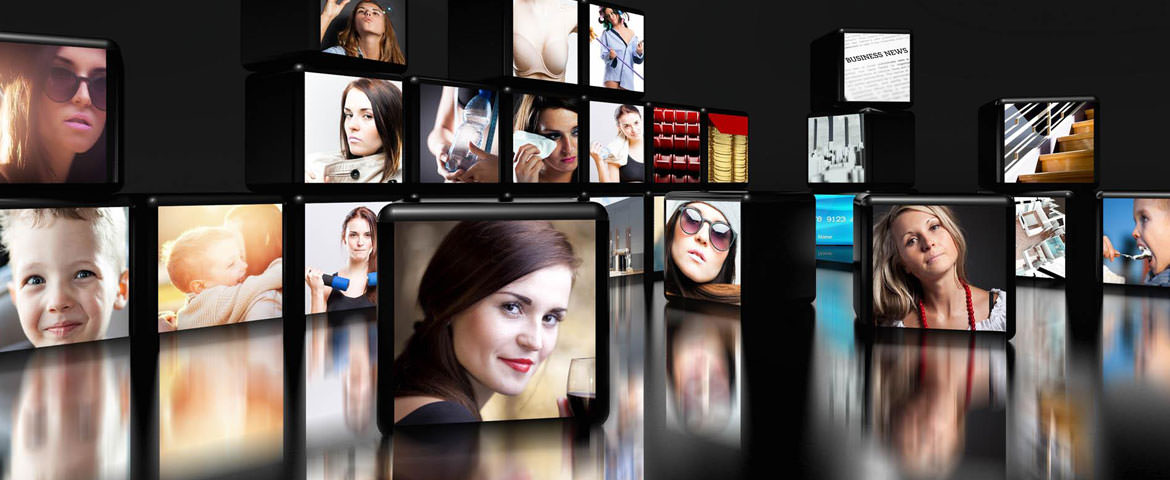Drive-to-store is the local version of e-commerce. The goal is to use all the digital levers available to advertisers to transform geolocalised data and the almost constant use of smartphones to encourage customers to come in the store. Whether to make a purchase or collect a parcel, drive-to-store “physicalizes” the customer experience and offers new opportunities to develop one’s business. But you have to know what you’re doing.
When digital technology can be used to boost physical in-store sales
Today, opposing e-commerce and traditional commerce no longer make much sense. The two must work together in an omnichannel logic to personalize customer experiences. As it happens, drive-to-store offers a solution that combines online and physical networks.
In-store shopping is far from being replaced by the web. The latest report by FEVAD (the French Federation of e-commerce and distance selling) highlights that 91.5% of purchases in retail are still made in store.
However, retailers must continuously reinvent themselves to be more flexible and agile. With drive-to-store, digital technology encourages customers to come in store for purposes that vary depending on the strategies used. Here are some examples:
Order online, collect in store
This is the “click and collect” principle that was made popular by large-scale distribution with the “drive” concept. Customers can buy a product online and collect it a few minutes or hours later. As such, they have immediate access to their order, save time, and can later add more products or additional options. It is a cross-selling or upselling strategy that can play a significant role for retailers. Today, 38% of brands offer this logistics solution, according to FEVAD.
Order online, collect from a third-party point of sale
This is the parcel collection point system, whereby businesses agree to receive orders on behalf of other brands. While it is true that businesses usually take a small commission for this service, it is above all an opportunity for them to welcome customers who may have never set foot in their store otherwise. Today, 86% of e-retailers offer this logistics solution.
Book online, experience in store
Customers can make appointments online using a mobile app, a chatbot, or the website, then come in store to enjoy the experience. Whether customers want to try on clothes already picked out and ready upon their arrival, undergo a cosmetic treatment, book a table in a restaurant, or test drive a new car, the smoother the mobile process is, the more they will enjoy the experience. The approach is likely to lead to strong recommendations on social media.
The keys to drive-to-store
Optimising your drive-to-store approach involves mastering several marketing levers. We have identified a few of them to help you:
Local search in major platforms
Google MyBusiness, Yelp, TripAdvisor, Uber Eats… They cannot be underestimated. These tools and intermediation platforms play a key role in establishing relationships between advertisers and potential customers. For retailers, it is therefore essential to rank high in search engine results, to have a strong focus on customer service (importance of ratings), to share tailored content (photos, videos, descriptions), and above all to ensure that all information is always up to date (opening times, store contact details, etc.).
Localized advertising
Targeting the right people depending on their commuting and travel habits or their geographical location is essential when it comes to drive-to-store solutions. Geolocation is a strategic lever in such cases. You want to reach out to customers from the surrounding area who are likely to be able to visit your store easily. Whether you are using SMA, SEA or RTB, the more targeted your advertising, the more relevant it will be.
Notifications and mobile apps
If you have a mobile app, geolocation helps better communicate with people near your store. The most common good practice is an embedded store locator for brands that have several stores. Whether customers are looking to enjoy a coffee in Starbucks or purchase a lawnmower in a supermarket, the ability to connect them with a store provides strong added value.
Connecting to third-party data
Weather, news, new collections… Every store can devise personalized emails or text messages according to specific triggers. The task requires creative storytelling and can speak to your customers to encourage them to visit your store.
CRM Onboarding
CRM Onboarding is a technology that matches transactions to in-store visits according to online advertisements. It is always important to know whether your Facebook ad generated any in-store visits, for example.
Heat map
Once in the store, discreet beacons can identify where customers walk in your aisles and amongst your shelves. It is very useful for reorganizing your advertising, showcasing your special offers, and finding the mechanisms that will help keep your customers in a particular spot for longer all the while optimizing your human resources (sellers and advisors).
Today, it is simply impossible to ignore drive-to-store. For retailers, it is a crucial lever that combines the best of two worlds to ensure that customer experiences are personalized as much as possible. Drive-to-store is a marketing strategy based on data relevance and effective management of mobility to adapt to new purchasing behaviours.
Discover our drive-to-store solutions with our team of experts. Get in touch to find out more!
 Join Kwanko
Join Kwanko  Program Directory
Program Directory  Who is Kwanko
Who is Kwanko  History
History  Careers
Careers  Kwanko Academy
Kwanko Academy  News
News  Case Studies
Case Studies  Strategy and commitment
Strategy and commitment  Social Responsability
Social Responsability  Gender Equality
Gender Equality  Our Environmental Charter
Our Environmental Charter  Our Ethical Charter
Our Ethical Charter  Our responsible purchasing policy
Our responsible purchasing policy  Certifications and Publications
Certifications and Publications 



 Publishers
Publishers Advertisers
Advertisers About Us
About Us  Academy
Academy 














